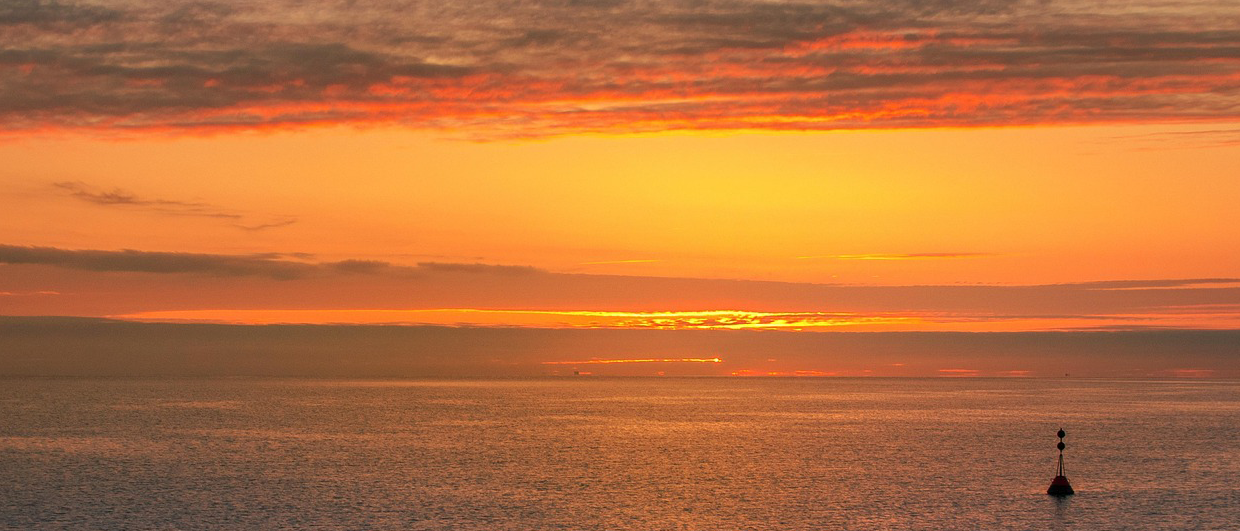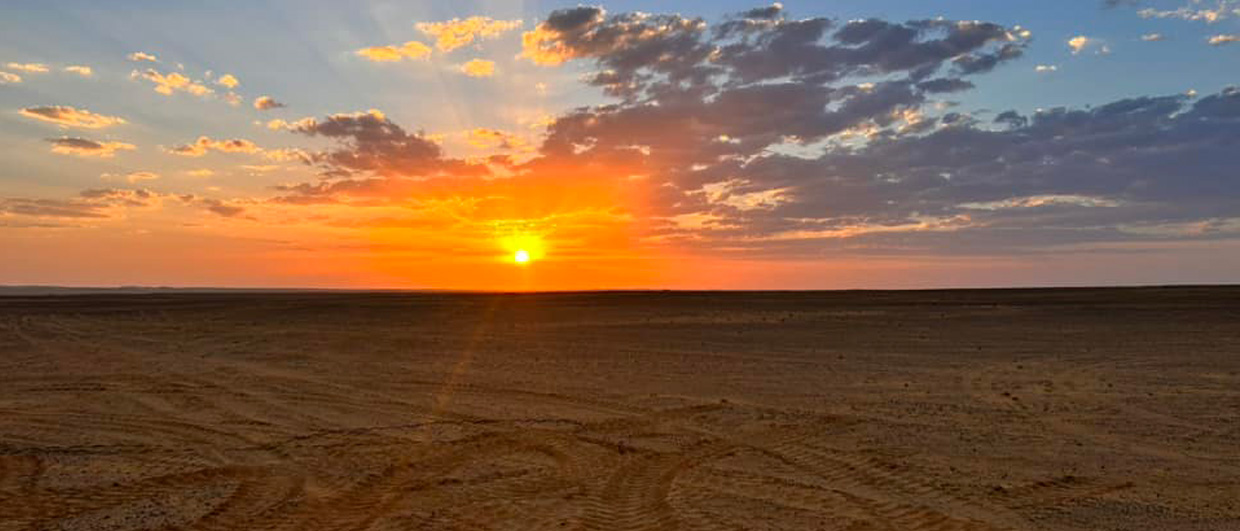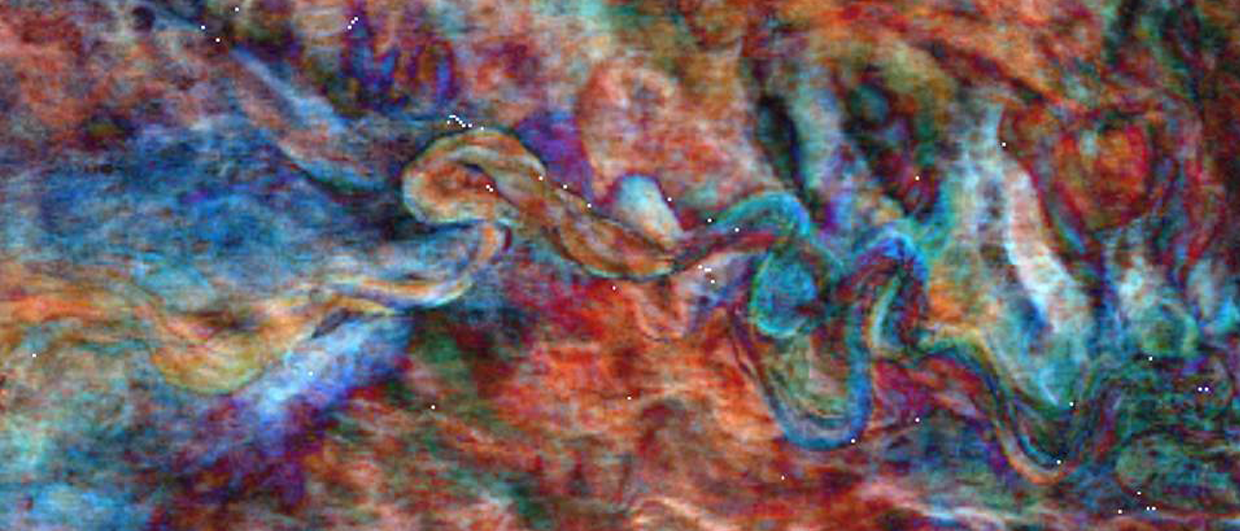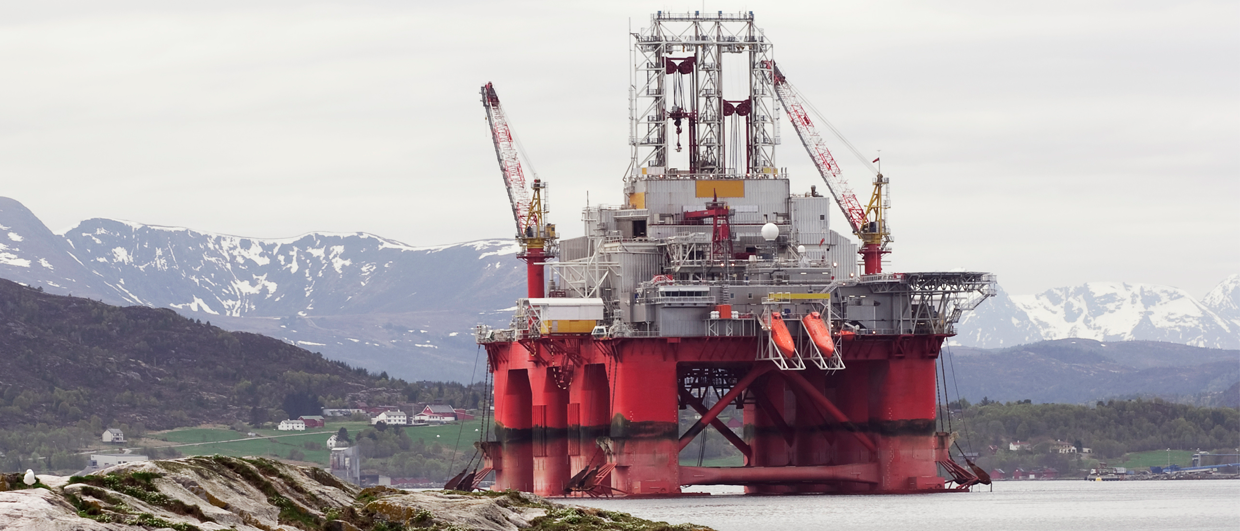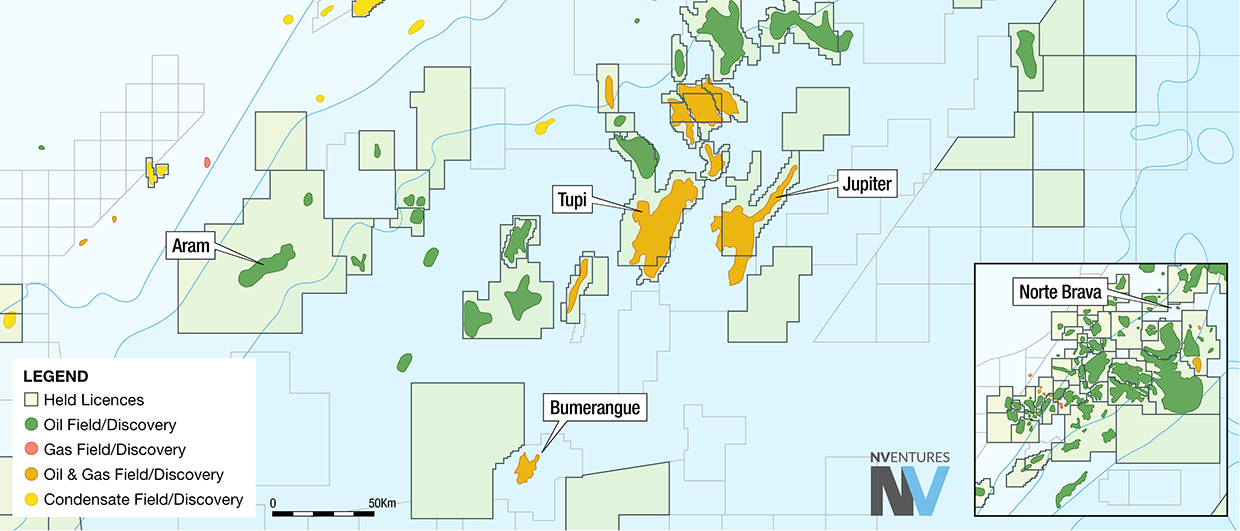Last month, Central European Petroleum (CEP) announced that its Wolin East-1 (WE1) well in the Baltic Sea in Poland was a significant oil discovery, having been designed to target primarily gas. The Calgary-based company spudded WE1 in November 2024 using the Noble Resolve jack-up in just 9.5m of water, reaching a total depth of 2,715m. The well is reported to have encountered a 62m hydrocarbon column in the Zechstein Main Dolomite of the Upper Permian – referred to as Ca2, or Haupt Dolomite.
CEP added in a press release that the Wolin East discovery is estimated to contain 200 million barrels of oil equivalent (MMBOE) mean recoverable, somewhat exceeding expectations, likely due to more favourable reservoir properties. If further appraisal work, including testing, confirms this volume then it will represent one Europe’s largest discoveries in recent years – excluding Norway.
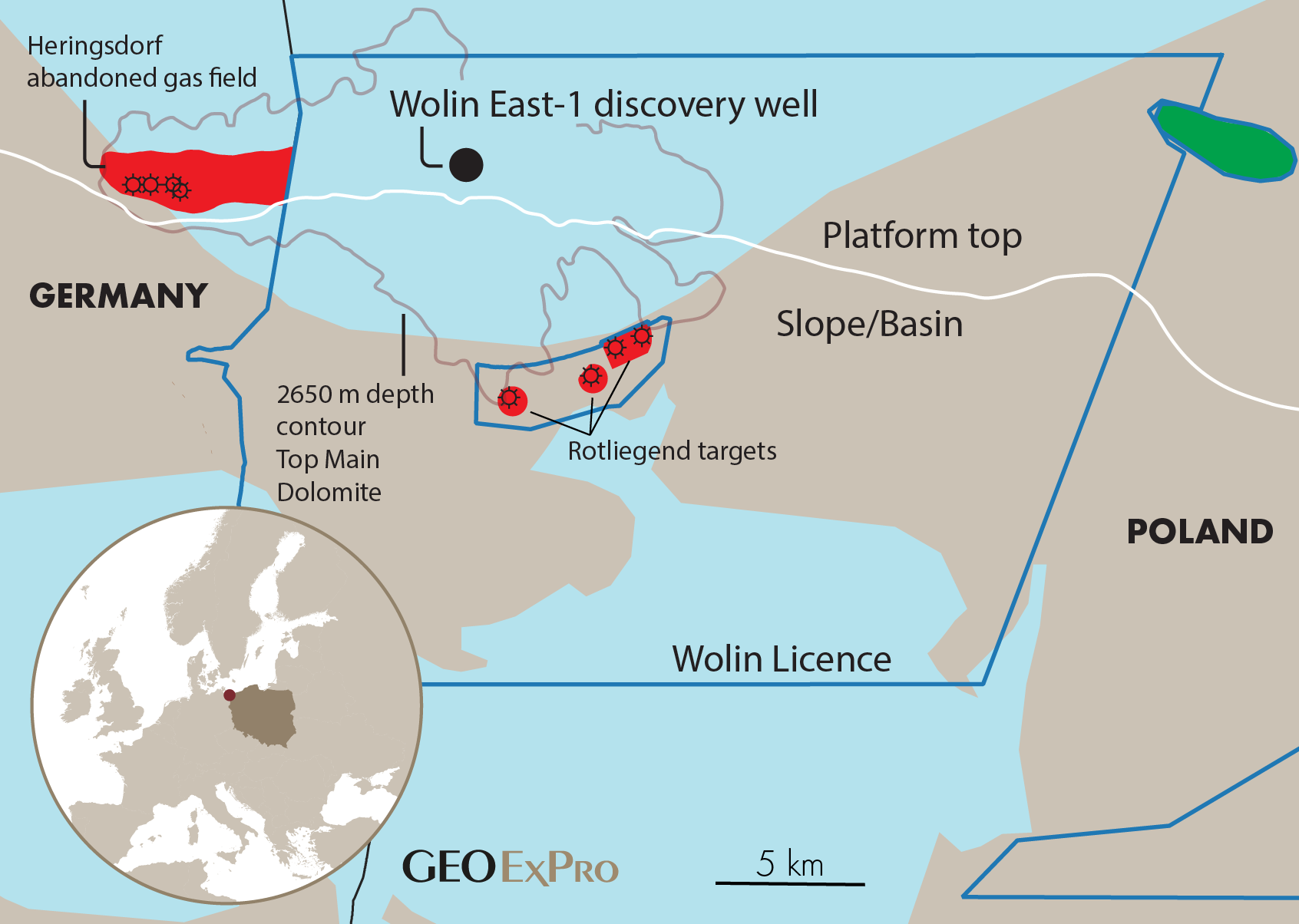
The Main Dolomite is not new to Poland, though. It is the main reservoir in Poland’s largest onshore fields such as the BMB Complex on the prolific Wielkopolska Platform, and the play also extends all the way to the east coast of the United Kingdom and the Mid North Sea High. Historically overlooked, this play has had recent success in UK waters at the Crosgan and the Pensacola discoveries, now operated by One-Dyas and Shell. Clearly, this demonstrates the regional potential of the Main Dolomite play.
Oil and gas exploration in the Polish part of the Baltic Sea began in 1975 by the Joint Exploration Organisation (established by East Germany, Poland and the Soviet Union), which was later renamed Petrobaltic. This organisation is now part of the Polish state-controlled energy giant Orlen. CEP was awarded the on- and offshore Wolin Concession in northwest Poland in December 2017 with a 100% working interest. The concession is adjacent to the Polish-German border and was granted for an initial ten-year term.
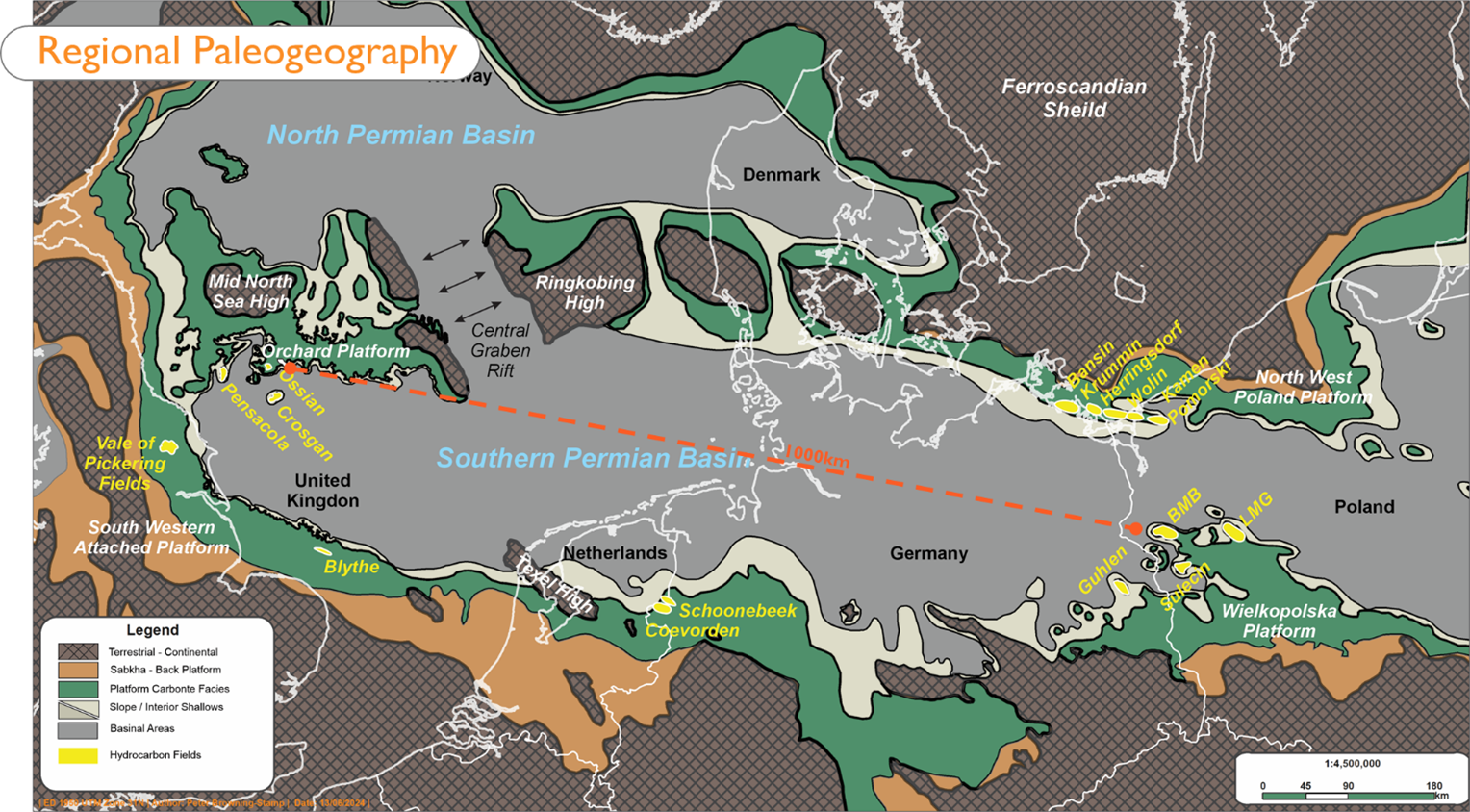
Mapping by CEP using legacy Petrobaltic 2D data and data from the abandoned Heringsdorf gas/condensate field across the border in Germany confirmed an extension of the Main Dolomite play into Polish waters. CEP mapped locations at Wolin West, Wolin East and Wolin Southwest in the concession and had run a farmout process ahead of drilling. The Wolin West feature had been identified as gas/condensate bearing in the Main Dolomite and the WE1 well was designed to evaluate its extension eastward. The Rotliegend sandstones represented a secondary objective, which is gas bearing immediately to the south in a series of Polskie Górnictwo Naftowe i Gazownictwo (PGNiG) onshore wells.
CEP reported that WE1 had encountered 33.4 degree API oil in an excellent reservoir, likely afforded by the well’s location targeting the platform top, an area of well proven high quality reservoir development. With the Main Dolomite extending across its licence, it could prove up an exciting play fairway in shallow waters. A number of 400 MMBOE recoverable within the licence has been quoted by the operator. With continued success in the play, it will be interesting to see how operators in surrounding areas and even countries can learn from this discovery.

